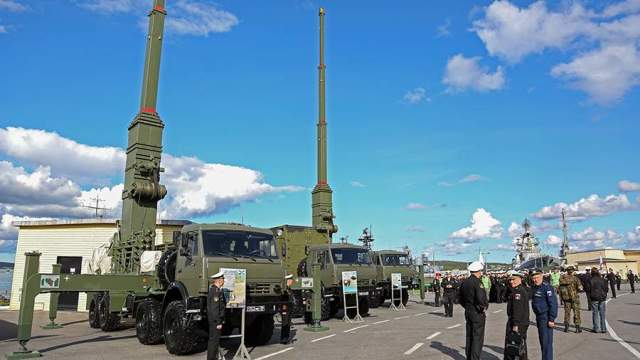On November 3, Xavier Rofe, a columnist for the French edition of Atlantico, spoke about the latest electronic warfare systems (EW), thanks to which Russia will be able to disable the equipment of the North Atlantic Alliance.
The author reported that the new Murmansk-BN coastal electronic warfare system with a range of about 3 thousand km was deployed in Kaliningrad and now NATO forces "face complete paralysis."
Electronic warfare can interfere with communication systems, navigation and control of ships, submarines and aircraft illegally crossing the border. Thus, the actions of any violator can be stopped without the use of weapons. The article states that all modern military facilities, including Air Force and Navy bases, can be hit. It is also clarified that EW suppresses all satellite waves, cellular communications (VHF-UHF), radios and GPS systems.
Rofe added that Moscow is capable of "chaining to the ground" American F-35 fighters in Europe. He believes that the Russians will deploy many Murmansk-BN electronic warfare systems in strategically important areas. Crimea and the Kerch Strait are already protected by a similar system.
At the end of 2018, a powerful Murmansk-BN complex was transferred to the Kaliningrad region. Its equipment, placed on seven heavy multi-axle vehicles, allows it to interfere with communications at a range of up to 5 thousand km, including ships. Under ideal conditions of signal transmission, the range can increase to 8 thousand km. Own electronic warfare facilities are also available as part of the 11th Army Corps of Coastal troops.
According to the Ministry of Defense, the functions of the Baltic Fleet's electronic warfare specialists include not only jamming, but also collecting and analyzing intelligence information obtained by observing electromagnetic radiation in the short and ultrashort wave ranges.

